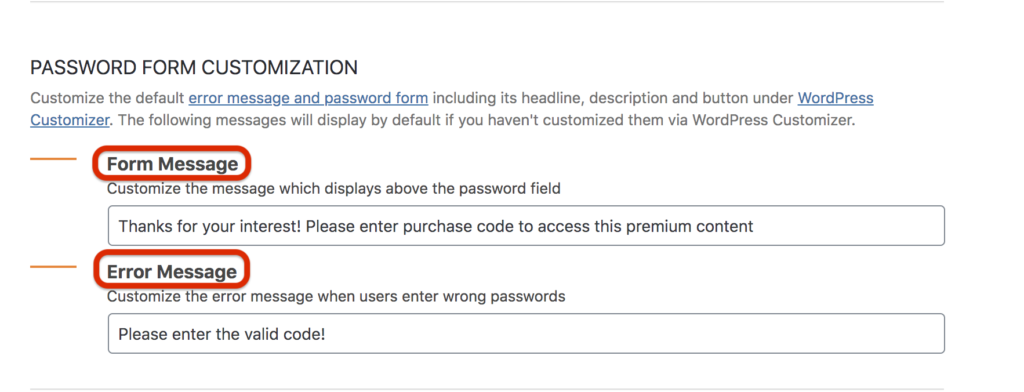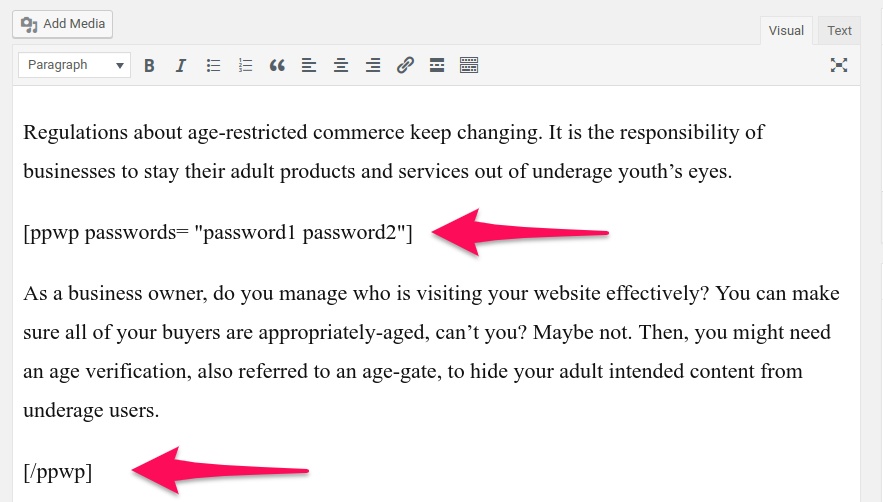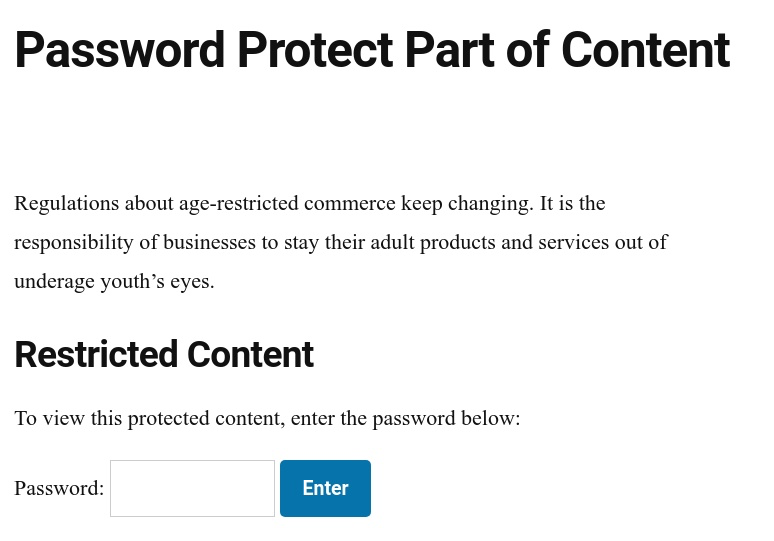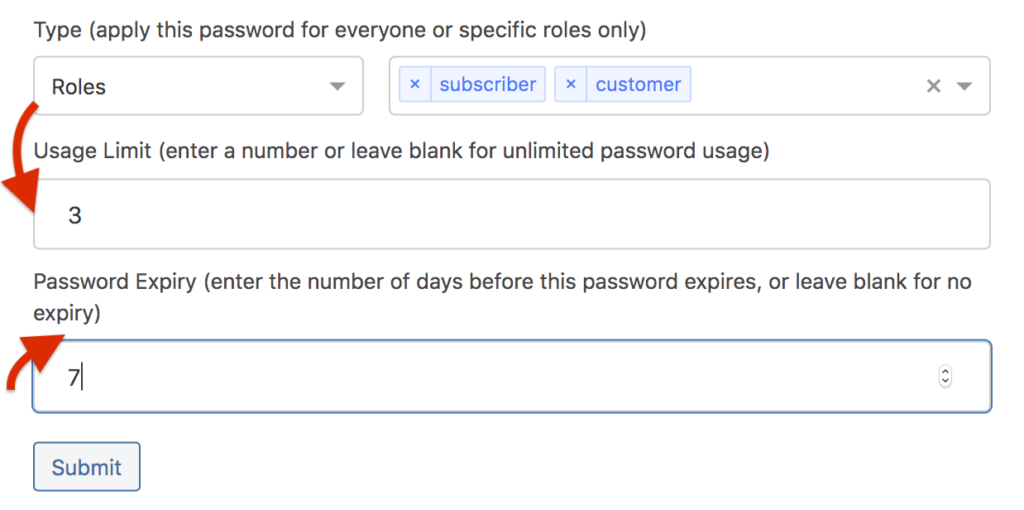Based on the name, you could figure out “premium content” is primarily more special than “basic content.”
When offering premium content, you are treating it as a product to sell to your customers. This is one of the best ways that a lot of bloggers apply to monetize their site content.
After reading this article, you will understand better about premium content as well as how to create it on your website effectively.
- What is premium content
- When to use premium content
- How to sell premium content on your WordPress site using PPWP
WordPress Premium Content: What Is It?
Premium content refers to a quality digital material that comes with a fee or a paid subscription plan. This is also a content marketing strategy that you might consider to differentiate your site from other free content.
It should be more in-depth, provide valuable knowledge, or answer and support difficult questions and problems that people are struggling with for a while. It can come with various formats, from ebooks, long and high-quality articles, to lengthy videos, whitepapers, tutorials, special recipes, and so much more.
When to Add Paid Content to Your WordPress Site?
You might be familiar with some common ways to make money from content, including affiliate, advertising. In fact, paid content is also one of the most efficient strategies to increase your business revenue.
Hence, if you are creating content that is information-rich, insightful, and hard to access freely on the Internet, you should consider it as premium content.
Paid content normally brings long-term benefits not only for your customers but also for your own business. The information in those content often covers a large area of related topics and is conducted through time. It meets the demand for a lot of potential customers. Plus, offering downloadable links for paid content will stimulate customers to buy it for further access or needs.
You should determine whether it is the right time to release your marketable content or not. After building your blog by providing a lot of free valuable content, there’ll be one certain point you might feel this is a good time to start selling paid content for more serious customers.
In addition, if you are an authority figure in your industry, you will find it much easier to provide premium content. Since you’re in the industry for years and gain a certain reputation and belief from customers, they are for sure willing to pay for your high-end quality content.
How to Sell Premium Content on Your WordPress Site Using Password Protect WordPress
The most ideal ways to manage premium content on your WordPress website is by using a subscription plan or private site. You are able to limit as well as filter the access of users to your paid content.
No matter what method you want to choose for selling paid content, Password Protect WordPress (PPWP) Pro can solve those with ease.
Restrict Access by User Roles
The plugin allows you to password protect pages, posts, and custom post types based on selected user roles. Only those paid for the content will receive a password to unlock the premium pages and posts.
In your WordPress dashboard setting, locate the post or page you want to be private to the public.

Click “password protect” and then “password protect this page” button to enable the function. After that, switch to the “new password” tab and add your password.
Under the Type drop-down, select “roles” instead of “global”. The roles drop-down will appear so you can choose whatever roles suitable for your setting.

You are able to create unlimited passwords for your protected content and assign them to different customers to access single or multiple pages.
Besides making premium content private, PPWP lets you announce to your customers that this paid content is protected with passwords through a password form.
Customize Password Form
In order to inform your customers about the purchase requirement for this particular content, you can customize the password message inside the PPWP plugin setting.
Under the Password Form Customization setting section, you will see “Form message,” and “Error message”.

Create your own message right at the Form Message box. It’s a request to enter the purchase code in order to access the premium content.
Entice New Customers by Giving Trial of Premium Content
You might wonder, how about the new users who’ve never known about your website before, and still doubt about the quality of those content before settling the payment?
Well, the Password Protect WordPress plugin lets you create teaser content by showing a section of your post and password protect the rest.
Simply select the section you want to protect then wrap it with a shortcode:
[ppwp passwords= “password1 password2”] Your content [/ppwp]

Hit Publish and your content will look like this

You sometimes want to give out more generous offers by permitting new customers to access paid content in one or two days. You just need a little adjustment inside the plugin.
When password protect pages and posts, or even custom post types, you will see the option to set “usage limit” and “password expiry”

Normally, those fields will leave blank by default, which means the usage of the password is unlimited.
Final Thoughts
Premium content allows you to confirm to your customers about the seriousness of your business. Since it is invaluable to both of your customers’ needs and your website development, you should make sure you are doing it right.
Consider spending more than enough time to build the content, and understanding your position in the industry as well as a suitable marketing time is what you should know beforehand.
WordPress doesn’t offer a lot of functions for you to market premium content, therefore, you should find an effective plugin to help you with.
Install Password Protect WordPress Pro now to protect premium content from the public except for paid users or members who are willing to pay for it. There’re a lot of useful and necessary features for your premium content such as creating unlimited passwords, showing the trial of content, customizing messages, and so on.
